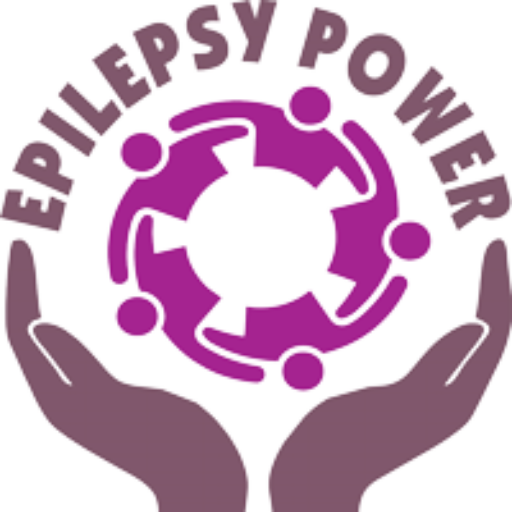- Introduction
- Section 1: Understanding Epilepsy
- Section 2: Promoting Awareness
- Section 3: Effective Communication Strategies
- Section 4: Self-Advocacy
- Concluding Remarks
- Quiz
Total Participants: 16
N. of issued certificate: 5
For employees with epilepsy, empowering yourself to be able to have meaningful interactions between individuals with epilepsy and your co-workers is essential. The four thematic areas covered in this comprehensive article – Understanding Epilepsy, Promoting Awareness, Effective Communication Strategies, and Self-Advocacy – provide practical advice to navigate social interactions at work successfully.
By understanding your specific epilepsy type, identifying personal triggers, and effectively managing your medication, you can build self-confidence and better address potential concerns when interacting with colleagues in the workplace. Knowledge and proactive measures can create a supportive and inclusive work environment, fostering positive relationships amongst co-workers.
Promoting awareness through open discussions, training, and utilizing resources from reputable epilepsy support organizations helps reduce stigma and dispel misconceptions surrounding epilepsy. This, in turn, leads to a more empathetic and understanding work culture.
Effective communication strategies, such as deciding on the disclosure of epilepsy, communicating accommodation needs, and educating co-workers, ensure that you can express your epilepsy-related needs and preferences confidently and receive the support you require to thrive in the workplace.
Lastly, self-advocacy through continuous self-education, assertiveness training, and seeking support from various channels equips you to overcome challenges, assert your rights, and foster a positive work environment that values inclusivity and mutual understanding.
By implementing these strategies, people with epilepsy can create a work environment that encourages interaction, collaboration, and support among all employees, regardless of your medical conditions. Such an environment not only benefits individuals with epilepsy but also enhances the overall well-being and productivity of the entire workforce. Through collective efforts and empathy, workplaces can become more inclusive and empowering spaces for everyone.
Information Sources/Further Reading
Epilepsy Ireland:
https://www.epilepsy.ie/content/employment
https://www.epilepsy.ie/sites/www.epilepsy.ie/files/How2tell_BOOKLET.pdf
Epilepsy Action:
https://www.epilepsy.org.uk/involved/campaigns/employment
Epilepsy Society:
https://epilepsysociety.org.uk/living-epilepsy/work-employment-and-epilepsy
